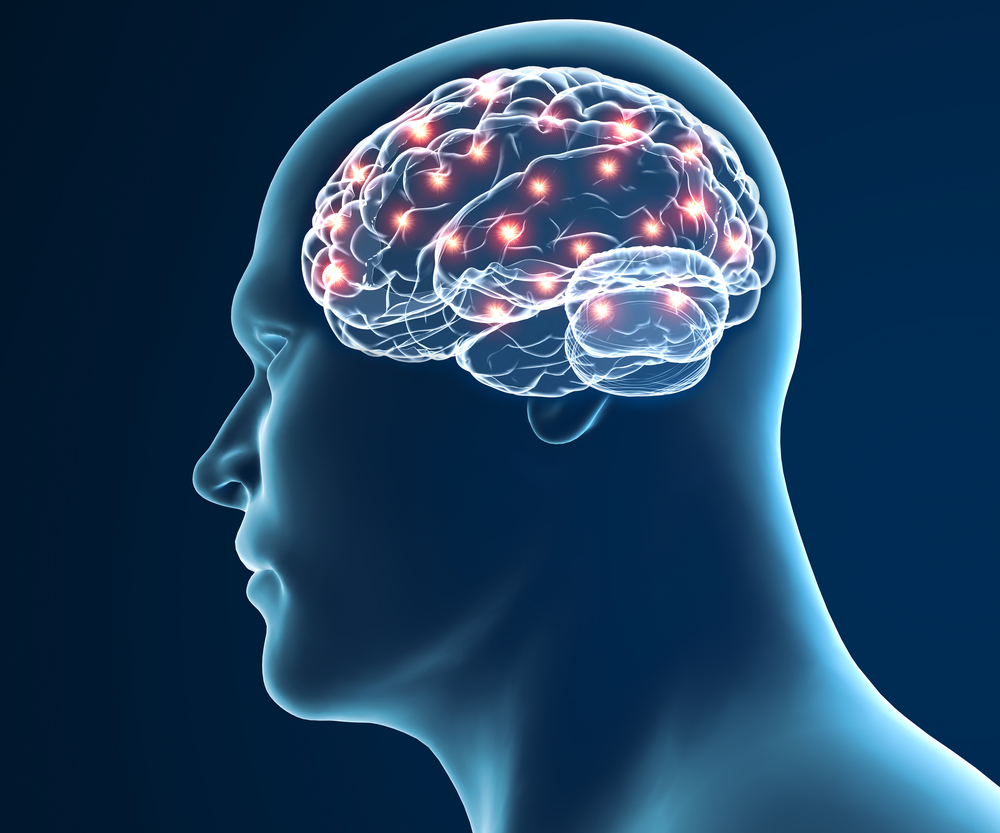New Method to Improve Brain Stimulation Treatments

Naeblys/Shutterstock
Stimulating brain regions to treat Parkinson’s disease, depression, and other disorders involving brain damage could become more precise, thanks to a new way of mapping the brain circuitry involved in those conditions.
The study describing this research, “Brain stimulation and brain lesions converge on common causal circuits in neuropsychiatric disease,” was published in Nature Human Behaviour.
Depression and Parkinson’s both associate with well-defined brain lesions and can be treated with deep brain stimulation (DBS) and transcranial magnetic stimulation (TMS).
Both techniques involve stimulating electrical activity in specific brain regions. However, proving that a targeted location in the brain actually corresponds to a specific point of damage and that this affects a symptom of interest has been a challenge.
The controlled experiments that enable scientists to map neural circuits in animals rarely can be repeated in humans.
An international team of researchers addressed this issue by analyzing data on the well-defined brain lesions associated with Parkinson’s and depression, and that are commonly treated with both DBS and TMS.
The team examined 14 separate datasets, comprising 461 lesions, 151 TMS sites, and 101 DBS sites, comparing lesions, symptoms, treatments and outcomes — such as where depression improved versus showing no change. The datasets included individuals who had been evaluated and treated for depression after having strokes or penetrating brain injuries, as well as patients receiving DBS for Parkinson’s or epilepsy for whom changes in depressive symptoms were measured as a potential side effect.
“This is a new technique that uses existing data on patients with brain damage to develop new treatment targets for real-world patients with similar symptoms,” Shan Siddiqi, MD, the study’s principal investigator, said in a press release.
Using their technique, Siddiqi and his collaborators identified a pattern of activity — a neural circuit — common to brain lesions, DBS, and TMS.
To demonstrate their approach can be applied to neuropsychiatric disorders more generally, they next examined 29 lesions and 95 stimulation sites associated with Parkinson’s motor symptoms.
Similar to their depression-related results, the team found that lesions associated with symptoms such as tremors and rigidity were connected to the same circuits as the stimulation sites used to treat them.
Overall, these shared patterns imply that brain lesions associated with neuropsychological conditions, as well as both TMS and DBS sites used to treat them are all connected to similar circuits.
“In principle, this should open the floodgates for researchers to study any stroke- or brain-injury-associated symptom to find a new treatment target for people who developed the same symptom without brain damage,” Siddiqi explained.
This new circuit might help find more effective stimulation sites than those currently used. The team pointed out, for instance, that DBS and TMS both have yielded disappointing results in several recent trials.
“Our circuit may serve as a refined therapeutic target to improve neuromodulation outcomes in future trials,” they wrote.
The investigators are now working to refine circuit maps for other conditions, including anxiety and other movement disorders.
“Now that we have concrete evidence that lesions map to treatment targets, we can design more clinical trials to generate new treatments,” Siddiqi said.
“This approach gives us highly rigorous hypotheses about treatment targets,” he continued. “When we don’t know much about the brain circuitry of a particular disorder, our study shows how to find the answer to that question and turn it into new treatment targets.”







